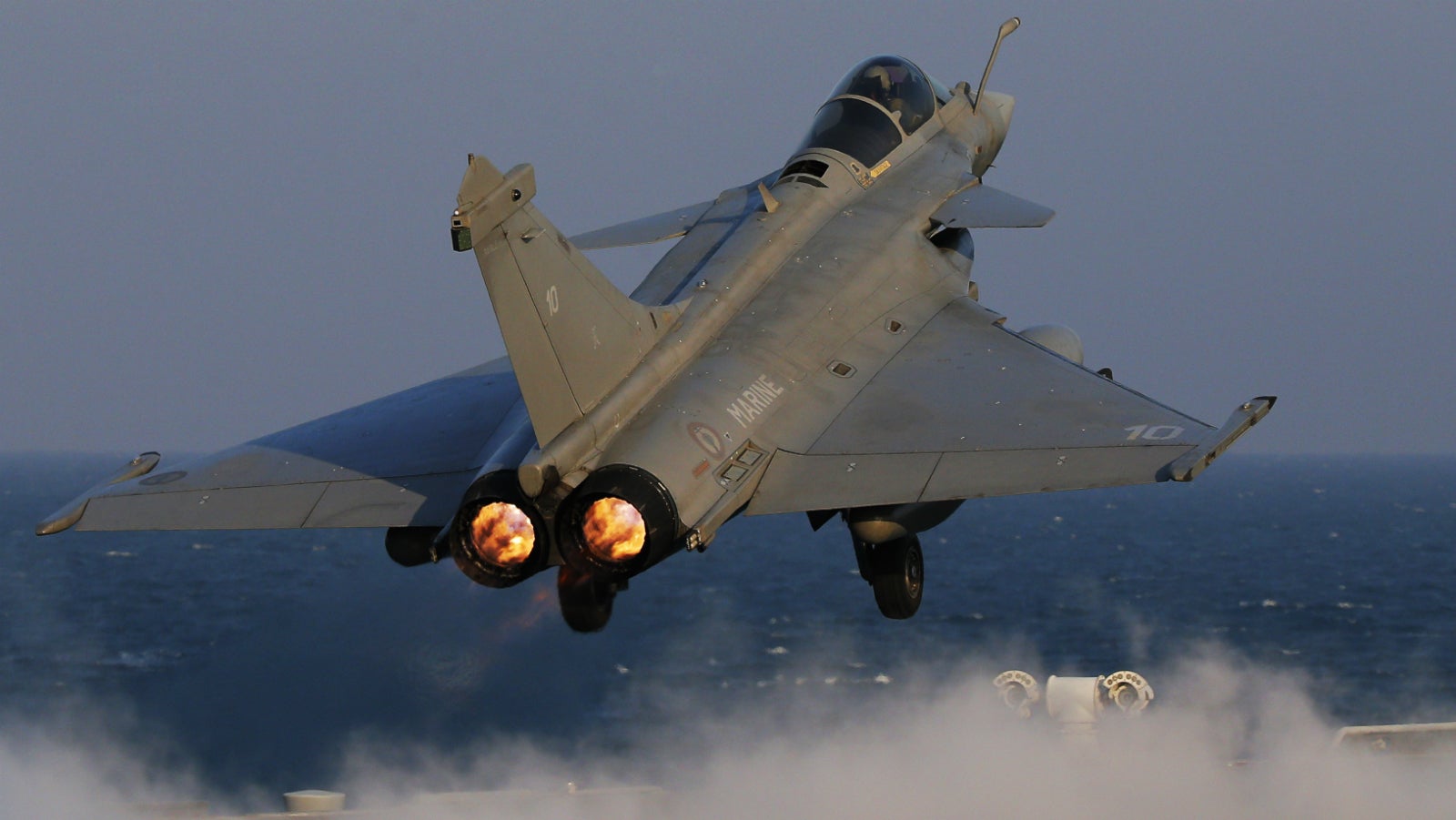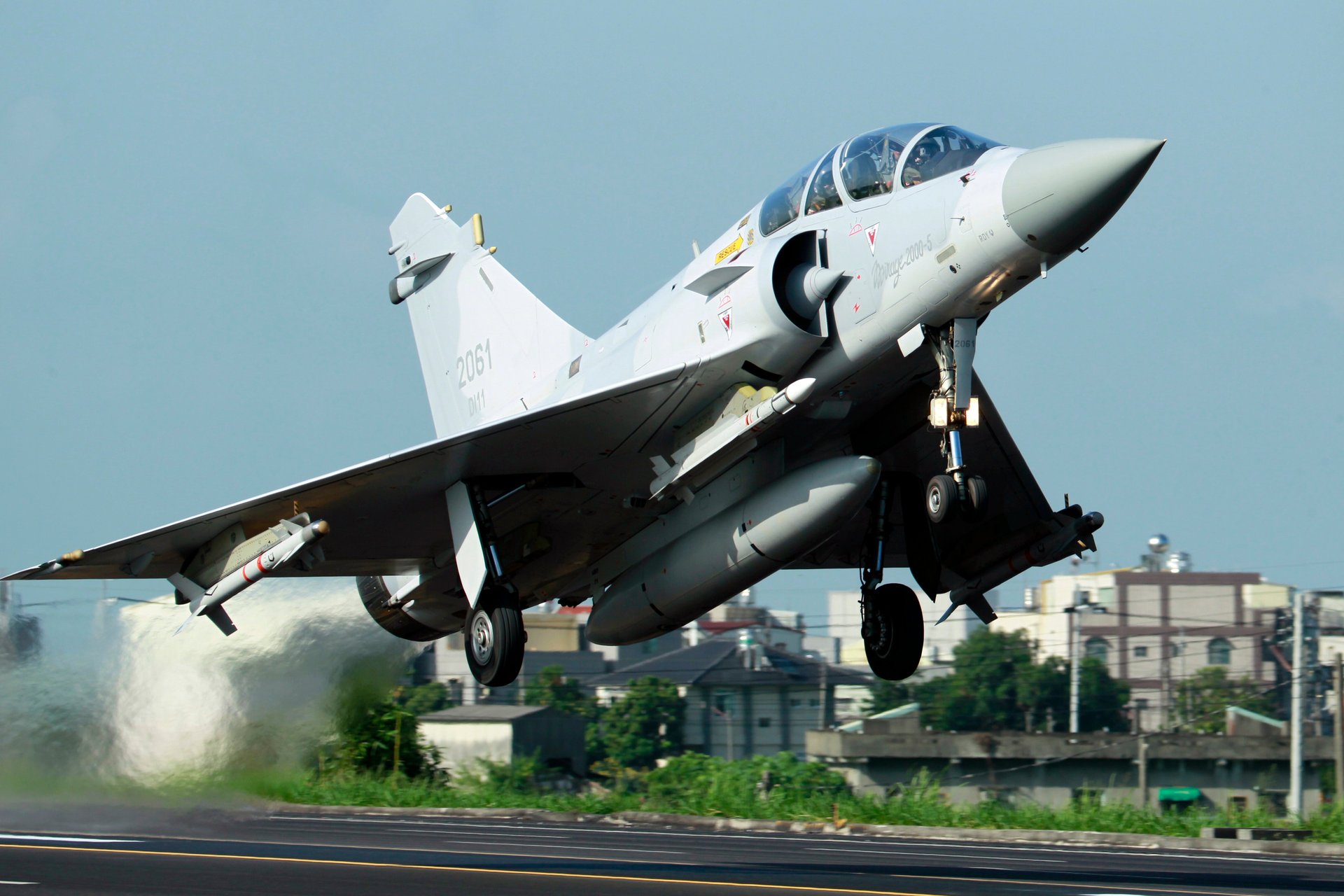Stop chasing France’s Rafale: India’s air warriors can’t fly on foreign wings forever
The Indian Air Force’s requirement for a medium multi-role combat aircraft continues to remain unfulfilled.


The Indian Air Force’s requirement for a medium multi-role combat aircraft continues to remain unfulfilled.
In the early 2000s, the IAF decided that the logical answer to its problems of obsolescence, attrition, and declining fleet strength was to induct additional numbers of the single-engined Mirage 2000. This aircraft had an excellent safety and serviceability record, and played a decisive role in the Kargil conflict. With a few changes and upgrades, Vayu Bhavan felt that it could become the future multi-role aircraft—not only bridging the gap between the heavyweight Sukhoi Su-30 and the light-weight Tejas, but also compensating for the eventual de-induction of MiG-21s.
However, there was a fly in the ointment. Dassault Aviation, the French manufacturer, was now producing a more advanced variant—the Mirage 2000-5. Dassault was also on the verge of closing down the entire Mirage 2000 production line unless it had some orders.
The joint secretaries in the defence ministry refused to treat the IAF proposal as merely a “repeat order on a past supplier” as envisaged in the “fast track procedure” of Defence Procurement Procedure 2006. They insisted that as the Mirage 2000-5 was an entirely “new” aircraft, the IAF should follow the standard process of drawing up an air staff requirement, and then floating a request for proposal.
Ironies unlimited
The irony is that if the IAF was willing to settle for the older Mirage 2000 instead of the Mirage 2000-5, it could have got the fighters under existing rules. But that is like wanting to buy a discontinued motorcar model when the latest was already in the market.

The Mirage 2000 acquisition, too, has a bit of a history. When the original deal was signed, the “intention to proceed” contract was for an initial order of 40 aircraft for outright purchase in fly-away condition and an option to produce another 110 aircraft in Hindustan Aeronautics Limited in Bengaluru with total technology transfer. If this plan were carried forward, the IAF would not have needed the MiG-29. But, in 1984, the then defence minister R Venkatraman visited Moscow and, shortly after his return, stated in Parliament that India was going to select a “futuristic aircraft to meet the challenge posed by the presence of the F-16 in a neighbouring country.” The inference was clearly with regard to the MiG-29.
The other irony of this was that the justification for the Mirage 2000 acquisition was also because of the US’ decision to give Pakistan the latest F-16 fighters.
How the Mirage 2000 came to be is also an interesting story. In the mid-1970s, the North Atlantic Treaty Organisation was finalising a future fighter. The competition was between the Dassault Mirage F-1 and America’s General Dynamics F-16 Fighting Falcon. The F-16 got the order. Dassault then developed the more versatile Mirage 2000 to beat the F-16 at its own game. The first Mirage 2000 flew in 1982, and the first lot of IAF Mirage 2000s landed in Gwalior in 1984. Incidentally, Rajiv Gandhi, then a newly elected member of Parliament and Congress general secretary, saw it put through its paces at the Paris Airshow. He was very impressed. He sat in on the official meeting in the ministry of defence that decided to acquire Mirage 2000. Gandhi had just become a qualified Boeing 737 pilot and this was presumably considered expertise enough.
Incidentally, Rajiv Gandhi, then a newly elected member of Parliament and Congress general secretary, saw it put through its paces at the Paris Airshow. He was very impressed. He sat in on the official meeting in the ministry of defence that decided to acquire Mirage 2000. Gandhi had just become a qualified Boeing 737 pilot and this was presumably considered expertise enough.
Nevertheless, the deal to make 110 more Mirage 2000s in Bengaluru made eminent sense—both for the IAF and the economy. But it was dropped no sooner than when the first lot of 40 fighters in a flyaway condition were delivered. Why this deal was terminated remains a mystery, but one reason was certainly the price. The MiG -29 was available to India at Rs5 crore a unit, while the Mirage 2000 cost double that.
Replacing MiG-21 and MiG-27
The Indian Air Force will soon retire several squadrons of MiG-21 and MiG-27 jets at the end of their life cycle. Replacing these aged fighters will be the latest Su-30MKI, a 4+ generation long endurance air dominance fighter, now being assembled by HAL.
The MiG-21 is a short endurance lightweight and high-speed interceptor with limited ground attack capability. The Russians describe it as a frontal aviation aircraft. The Sukhoi, being an air dominance fighter, can perform both these roles, as well as undertake deep penetration strikes. The Su-30 is a Mercedes Benz SUV compared to the MIG-21’s Maruti 800. Now let’s say the IAF wants to intercept a Pakistan Air Force or People’s Liberation Army Air Force JF-17. The IAF’s fighter of choice for this is likely to be a MiG-21bis rather than the Su-30MKI. While the Sukhoi can do the job effectively, sending a 4+generation aircraft weighing in at over 18 tonnes against a much older and cheaper JF-17 weighing less than 6.5 tonnes would not only be overkill but also very cost ineffective.
The MiG-27 is a mid-sized, variable geometry, ground attack aircraft developed to support mechanised infantry and armoured columns. Its swing-wing configuration allows it to swiftly reach the target area and then swoop in at a much-reduced speed to effectively attack enemy ground forces. But what would be just another day in the office for the MiG-27 could prove expensive with the much bigger and heavier Su-30. Since ground attacks are often by flying low and slow, a bigger aircraft is more vulnerable to ground fire. The IAF learned this in 1971 with the Su-7. Besides risking a Su-30MKI costing about Rs400 crore each against relatively low-cost ground targets doesn’t sound sensible.
A permanent solution
What the IAF needs for its interceptor and ground attack roles are smaller fighters and attack helicopters. Clearly, the IAF needs a permanent solution, not a high-cost fix like the Su-30MKI. The Rafale too, then, becomes another, yet more expensive, interim fix. Hence, the IAF needs to shed its reluctance and urgently induct the Tejas light combat aircraft and push for newer and more powerful versions.
At about Rs200 crore each and with a huge local value addition component, the Tejas offers a huge cost-benefit advantage over Dassault Rafale multi-role fighter aircraft, as well as a huge economic multiplier. A few hundred Tejas jets of varying configurations can not only handle what the enemy can throw at us, but also contribute hugely to the national economy. After all, isn’t this is the underlying notion behind “Make in India”?
So why do we want to buy the Dassault Rafale? It is somewhat closer to the Su-30MKI in class but almost four times more expensive. It is eight times more expensive than Tejas. In 2007, the government assessed the medium multi-role combat aircraft deal for 126 fighters to be about $12 billion. By 2014 the cost of 126 Rafale fighters had gone up to an estimated $22 billion. In 2015, when Prime Minister Modi visited France, the reworked deal of buying 36 fighters outright with the option for more was worked out to be $7.5 billion. Now, even the French President is mentioning a figure of $9 billion. Clearly, the costs are spinning out of control. It reminds me of a quip made by a Russian diplomat about the Su-30MKI, who said it was a very good fighter, but its wings were a bit heavy now. When I asked him what he meant, he cryptically remarked, the deal happened through four regime changes since 1994, meaning each regime change saddled it with more costs. It seems the Rafale’s wings too are getting heavier.
This post first appeared on Scroll.in. We welcome your comments at [email protected].